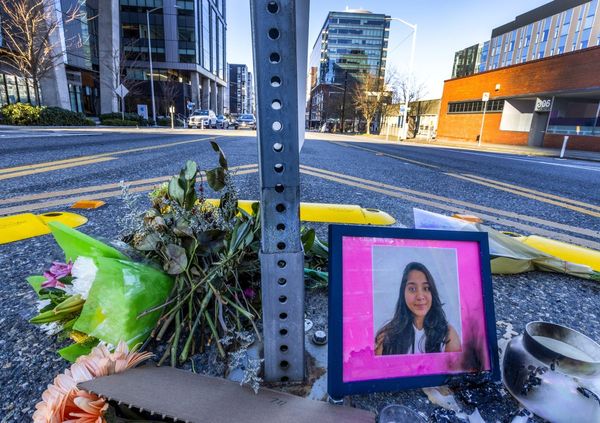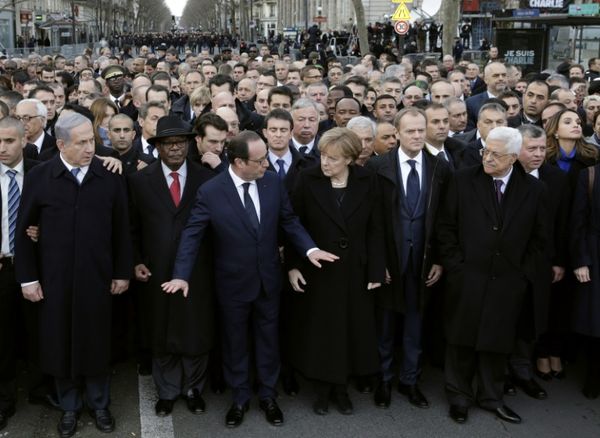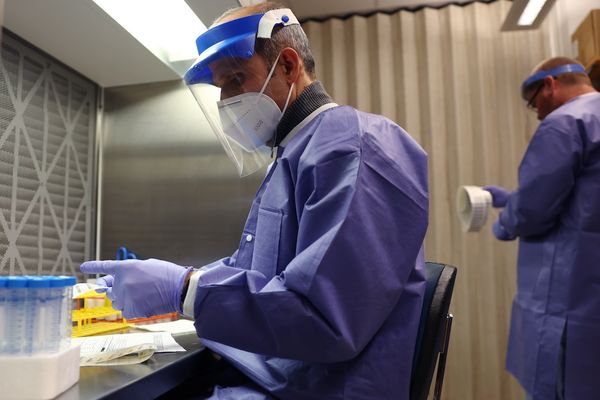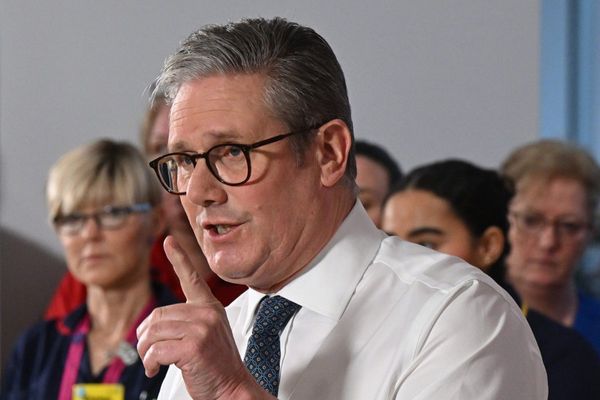
Australians have been promised a fundamental overhaul of environmental laws after a major report detailed shocking declines in the health of native ecosystems.
Environment Minister Tanya Plibersek says the five-yearly snapshot is difficult, confronting and sometimes depressing to read and follows what she called a lost decade of “wilful neglect” by the former government.
“It’s time to change that,” she told the National Press Club on Tuesday as she released the State of the Environment report withheld by her predecessor Sussan Ley before the election.
Ms Plibersek promised Labor would respond to the scathing Samuel review of the federal Environment Protection and Biodiversity Conservation Act by the end of this year, noting it was handed to the former government almost two years ago.
“We’ll then develop new environmental legislation for 2023,” she said.
Ms Plibersek indicated new, legally enforceable national environmental standards – the primary recommendation of the Samuel review – would be part of once in a generation legislative reforms.
“We need to set clear national environmental standards, with explicit targets around what we value as a country, and what the law needs to protect,” she said.
“This will require a fundamental reforming of our national environment laws, and empowering a new Environmental Protection Agency to enforce them.”
Ms Plibersek also committed Labor to affording some level of protection to 30 per cent of Australia’s land and oceans by 2030.
Conservation groups welcomed that but said the devil will be in the detail, and the level of protection matters.
The report took 37 independent expert authors four years to write and offers a candid assessment of what’s at stake without radical change.
It said Australia’s environment is in a poor state and deteriorating under the weight of climate change, land clearing, species decline and loss, pollution and mining.
It said there is no framework to holistically manage the environment but rather a jumble of systems across different tiers of government.
The minister acknowledged that when she noted Australia cleared over 7.7 million hectares of threatened species habitat between 2000 and 2017.
“That’s an area bigger than Tasmania. Much of this clearing occurred in small increments. More than 90 per cent of it was never assessed under our environmental laws,” Ms Plibersek said.
The report also pointed to a chronic shortage of funding to protect what Australia still has.
“Current funding allocated be federal, state and territory governments for environmental protection, including heritage and threatened species, is inadequate for the task and generally lacks accountability,” the report said.
It suggested mobilising private funds for projects that have both economic and environmental outcomes, something the minister suggested would be necessary.
“The scale of this challenge means that governments can’t do the job alone. We need to work with industry and philanthropic partners – many of whom are already doing great work,” Ms Plibersek said.
“I want to look at ways to make these investments easier – to support land-based carbon projects that deliver biodiversity, improve drought resilience, and drive agricultural productivity. After a lost decade; after a decade of going backwards; we can’t waste another minute.”
A spokesman for Ms Ley, who is now deputy opposition leader, defended her decision not to release the report before the election after its authors said she had total freedom to decide when it would be made public.
Ms Ley dealt with the report within the required statutory time frame, the spokesman said.
Opposition environment spokesman Jonathon Duniam rejected Ms Plibersek’s criticism of the former government, accusing her of partisan finger-pointing and game-playing.
“Australians are looking for practical measures and sensible solutions that help our natural environment, and serious plans and programs through which these are delivered. Sadly, these remained absent from Ms Plibersek’s speech,” he said.







